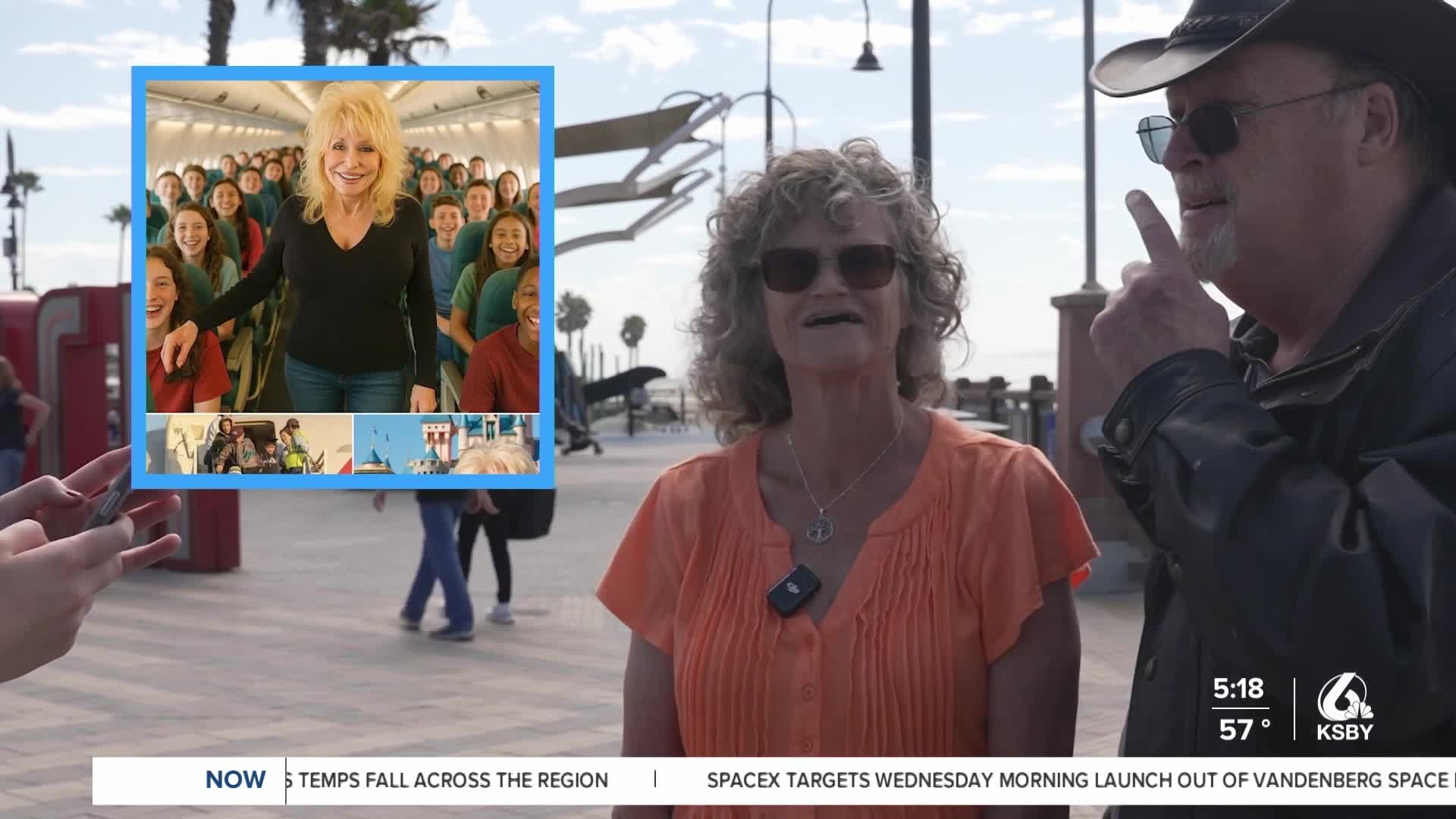What may look like a heartfelt message from a celebrity asking for donations could actually be an AI-generated fake. Experts say “deepfake” scams, realistic videos or photos created with artificial intelligence, are spreading quickly across social media and becoming harder for users to identify.
According to Adaptive Security, an OpenAI-backed cybersecurity firm based in New York, there were more than 105,000 deepfake-related attacks in the U.S. last year, nearly one every five minutes. The company trains clients such as NerdWallet, Plaid, and Lennar Homes to recognize and defend against these evolving threats.
CEO and co-founder Brian Long says, “You'll see some legitimate charities that are asking for help, but you'll also see cyber attackers and scammers posting videos and information, sometimes with celebrities in them, and then driving people to some sort of site in order to donate money.”
The scams often feature fake videos of public figures, like Patrick Mahomes or Dolly Parton, shown helping after a disaster or promoting a cause. The goal is to trick users into donating to fraudulent charities or clicking on phishing links.
“They do target certain seasons of disasters,” Long explains. “For instance, as we come into hurricane season, that’s something they focus on. And in terms of audiences, they’ll focus on people that are, unfortunately, close to the action.”
One reason these posts continue to surface is a tactic called engagement farming, where scammers use AI-generated content to gain views, followers, and ad revenue.
A recent AI-generated image of Dolly Parton that circulated online is one example. A closer look reveals several red flags: the children’s faces in the image have nearly identical smiles, her hairline is blended too smoothly, and one hand appears distorted, all signs of AI manipulation.
Cybersecurity experts recommend taking a few steps before engaging with any online post that asks for money:
- Reverse image search the photo to check if it appears elsewhere.
- Look for unnatural details, like identical facial expressions or smooth, textureless backgrounds.
- Verify the source through official websites or verified social media pages.
“So if you're in an affinity group that's trying to help a certain cause, beware of what people post in the comments there,” Long says. “They can be pretty savvy about getting involved in these groups in order to redirect money accordingly.”
KSBY reached out to Facebook multiple times to ask what the company is doing to stop deepfake scams but has not yet received a response.




